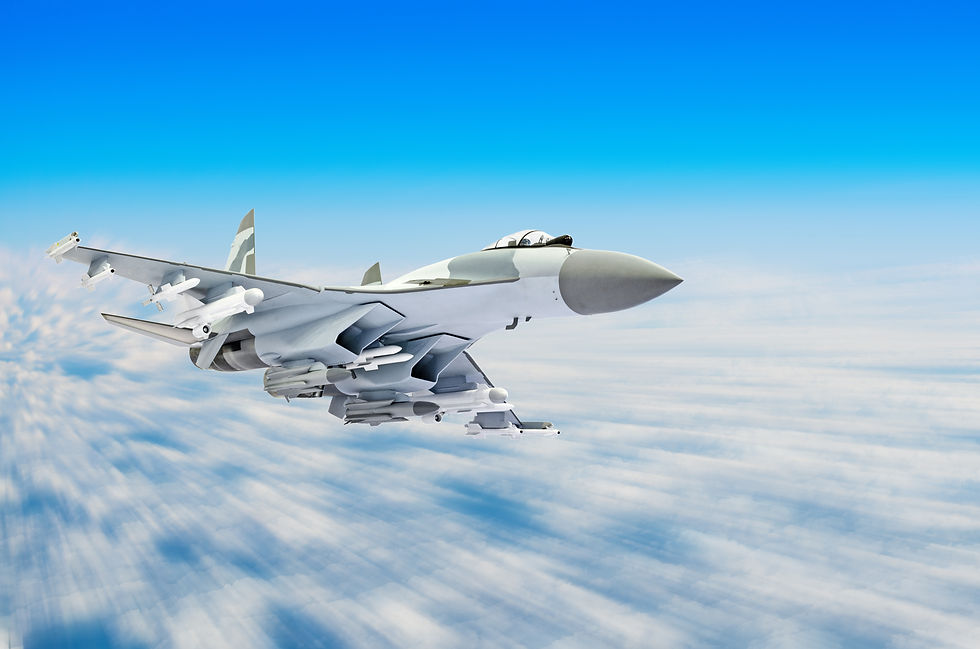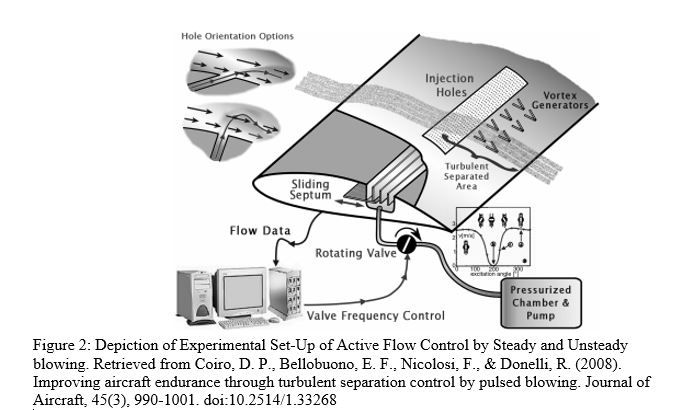Brief Discussion: Aircraft Range & Endurance Formulas and Technologies
- Setondji V. Nahum

- Oct 14, 2020
- 2 min read
Course: Advanced Aerodynamics

The first and second world wars fostered tremendous progress in the field of aircraft design and manufacturing. Remarkable aircraft with unique characteristics and mission capabilities were engineered to meet demands set by governments and military personnel. Technological development continued after these events and the increasing need for commercial flights became a force behind aircraft development. Nowadays, optimizing aircraft performance characteristics remains a priority for engineers and aircraft manufacturers. Among such characteristics are range and endurance. What characterize range and endurance and how can these quantities be optimized through the use of technology?
Fuel consumption is a major factor affecting range and endurance for both propeller-driven airplanes and jet airplanes. (Anderson, 2016). Maximum endurance for an aircraft powered by a propeller occurs when the aircraft is operating at its minimum power required. The maximum range for this type of aircraft occurs when the aircraft is operating at the speed corresponding to its maximum ratio of lift and drag coefficient. Meanwhile, the maximum endurance for an aircraft powered by a jet engine occurs when the aircraft is operating with a minimum thrust required. The maximum endurance for this type of aircraft occurs when the aircraft is operating at the speed corresponding to its maximum ratio of lift and drag coefficient. (Anderson, 2016). Aircraft engineers and manufacturers are constantly developing technologies to improve aircraft range and endurance.


Ct: Minimum Trust-Specific Fuel Consumption
Wo: Aircraft weight with fuel
W1 : Aircraft weight without fuel
CL : Lift Coefficient TR: Trust Required
W: Weight CD: Drag Coefficient
V∞ :Velocity L: Lift
ρ∞: Density D: Drag
TR: Trust Required
CD: Drag Coefficient
L: Lift
D: Drag
S: Wing Area
η : Propeller Efficiency
c : Specific Fuel Consumption
An intriguing technology or research study pertaining to improving aircraft endurance consist of the use of turbulent separation control system that is based on pulse blowing. One of the theories behind this system is that the effectiveness of pulsed blowing depends mainly on the extent of the separated area, freestream Reynolds number, excitation frequency, and strength of injected flow (Coiro, Bellobuono, & Donelli, 2008). The best actuation frequency varies depending on the type of aerodynamic performance to be optimized: efficiency, lift, or endurance. Unsteady blowing via a distributed system is an efficient design to delay separation. The major weakness of this system is the presence of tubing. For practical applications on aircraft wings, the large number of tubes decreases the available space inside the wing (Coiro, Bellobuono, & Donelli, 2008).

References
Anderson, J.D. (2016). Introduction to Flight. New-York, NY: McGraw-Hill Education
Coiro, D. P., Bellobuono, E. F., Nicolosi, F., & Donelli, R. (2008). Improving aircraft endurance
through turbulent separation control by pulsed blowing. Journal of Aircraft, 45(3), 990-
1001. doi:10.2514/1.33268




Comments